By Laura Schmidt, Office of Sustainability
As a transplant from the middle of Michigan’s lower peninsula (as of August 2012), there are several things that are still new to me here in Salt Lake City. ‘Tis the season to be grateful, so I’d like to share the “Top 10 Reasons I’m Thankful (to be a UofU Student Working on Sustainability Issues).”
10. There are many opportunities to study and learn about environmental issues and sustainability on campus at the University of Utah. There are several programs (and a certificate) that educate students in these important fields, such as: the Integrated Certificate in Sustainability, the Environmental & Sustainability Studies program, the Environmental Humanities graduate program, and Global Change & Sustainability Center. This is not an exhaustive list, and there are several programs that incorporate aspects of sustainability into their program coursework. Working in the environmental and sustainability fields are more important now than ever.
9. Professors all over the university are doing research on sustainability or environmental issues. Some examples: Andrew Jorgenson, professor of sociology, is doing research on “coupled human and natural systems.” Biology professor Nalini Nadkarni studies ecosystem ecology of forest canopies (watch her TedTalk, “Conserving the Canopy”). Also, well-known author/activist Terry Tempest Williams is part of the UofU faculty, as the Annie Clark Tanner Scholar in Environmental Humanities.
8. There are countless opportunities to branch out and get involved. I could join an on-campus club like the EnviroClub or volunteer with the Bennion Center or Edible Campus Gardens. I could also join off-campus organizations like TreeUtah, HEAL Utah or the local chapter of the Sierra Club (just to name a few).
7. The University of Utah allows students to implement sustainable projects around campus. I could apply for the Sustainable Campus Initiative Fund (SCIF). This fund allows students to write grant proposals and complete projects that help make campus more sustainable. The cool water bottle filling stations (like those in the Marriott Library) and the RecycBikes used during Recycle Rice-Eccles come from SCIF grants. What an opportunity to improve campus for everyone and simultaneously build your resume or CV!
6. The U also has an excellent outdoor recreation program (ORP). The ORP folks take people on adventure trips like mountain biking, backpacking, rock climbing, and whitewater rafting. I was fortunate enough to go whitewater rafting in Westwater Canyon with the ORP last spring. What an experience!
5. My colleagues, classmates, and I maintain balance between idealism (to create and believe in new ideas) and pragmatism (to see these ideas through to implementation). The Office of Sustainability, as an example, does a lot of the behind-the-scenes work to help bring in inspirational speakers, assist with the campus farmers market, build and maintain connections throughout campus, and also our energy ambassadors visit students’ homes and help lower their energy bills by making homes more energy efficient (FOR FREE!).
4. Food. Here in Salt Lake City, I have access to year-round farmers markets, vegan and vegetarian restaurants, and grocers that carry quality, and often local, food.
3. THE LANDSCAPE! Nestled between the Wasatch and Oquirrh mountain ranges, Salt Lake City is surrounded by a unique landscape that provides a renewable source of soul-rejuvenation and inspiration.
2. In addition to the landscape near Salt Lake City, the state of Utah is home to five national parks (Zion, Bryce Canyon, Arches, Canyonlands, and Capitol Reef) and also several national monuments and recreational areas. I have access to immeasurable beauty and timeless geology all over the state.
And finally:
1. I am thankful for the opportunity to work for the Office of Sustainability and participate in the Environmental Humanities program. Through these two avenues, I am provided ample opportunity for growth and mental stimulation. I have networked with people who are doing environmental and sustainability work on the ground, and have a solid knowledge base of the ecological problems facing our planet. I also have tremendous gratitude for the constant encouragement from faculty, staff, and colleagues who support my role as a graduate student and office assistant.
What are you thankful for?
HAPPY THANKSGIVING, FOLKS.
Laura Schmidt is a graduate student in Environmental Humanities. She is a graduate assistant in the Office of Sustainability.

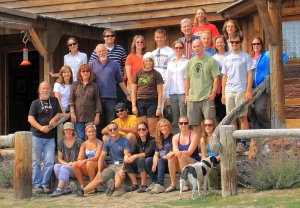
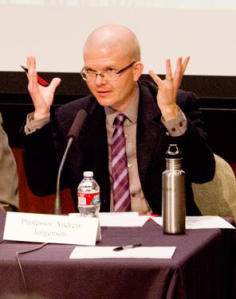
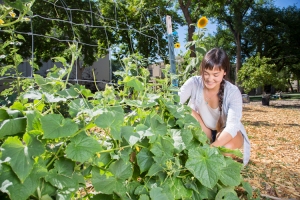
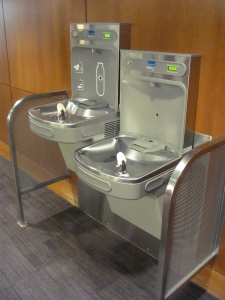
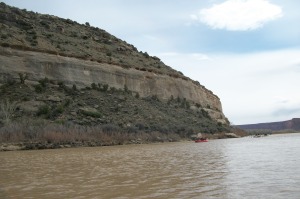
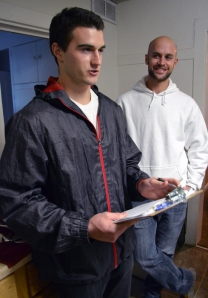
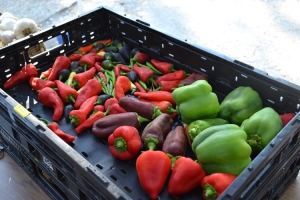
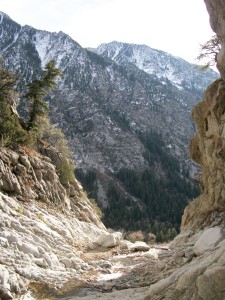
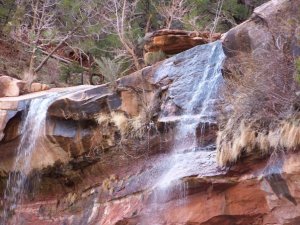
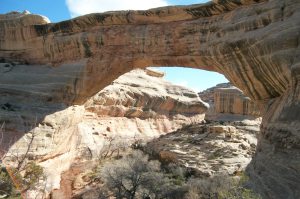
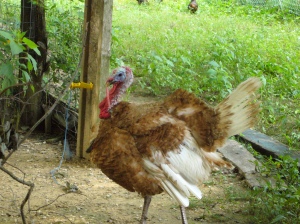
I think it should be easy to be grateful for all of this — who doesn’t want environmental sustainability. I’ve never had a chance to participate in the humanities program, but I would love to. However, I can CONFIDENTLY say I’m thankful for that turkey in the picture and the those tasty-looking veggies. I also really hope more is done to improve the air quality in your area.
-John